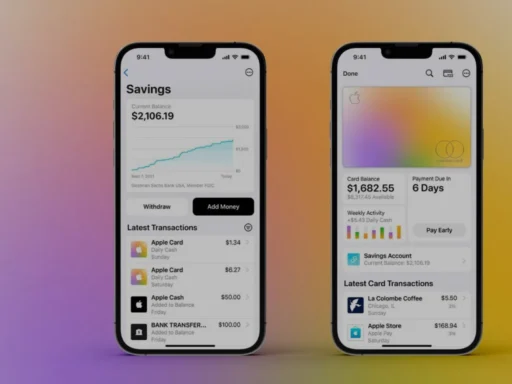In a bold move that marries the iconic golden arches with the sweetness of Krispy Kreme doughnuts, McDonald’s plans to roll out Krispy Kreme doughnuts across it’s locations in the United States. Imagine McDonald’s and all the flavors you’re used to; now add a glazed donut on top of that. That’s what’s in the works.
While this decision represents an excellent play in the area of strategic business alliances, it introduces a poignant debate on the responsibility of fast-food giants in a country grappling with obesity and related health issues.
A Deep Dive into Caloric Depths
A typical visit to McDonald’s might involve indulging in some of the chain’s staples: a Big Mac, a side of medium fries, and a medium Coca-Cola. This meal alone tallies up to approximately 1,070 calories—a hefty sum in the ledger of daily dietary intake. But as Krispy Kreme doughnuts roll into McDonald’s, the caloric count threatens to climb even higher. Add an Original Glazed Doughnut to the equation, and you’re looking at an additional 190 calories, elevating a single meal’s tally to around 1,260 calories.
Now, the above scenario involves singular items at a medium-order size; what we don’t know is how much people actually order. Do people tend to order large sizes? Are there McNuggets in there? What else are people already ordering and eating in a single sitting? Now keep that in mind and add one or two donuts to it.
The Sugar Rush
Beyond the sheer caloric influx, the sugar content in this composite meal paints another concerning picture. The medium Coke clocks in with ~55 grams of sugar, and a Krispy Kreme Original Glazed adds another 10 grams to the mix. Together, without even accounting for the carbohydrates in sauces, buns, and fries, the sugar total spirals to around 65 grams. This figure starkly overshadows the American Heart Association’s daily added sugar limit recommendations—24 grams for men and 36 grams for women.
A Health Crisis Magnified
As McDonald’s ushers Krispy Kreme into its domain, the implications ripple far beyond the immediate buzz of novelty and convenience. This partnership, while a genius move in market expansion and brand synergy, casts a long shadow over the already fraught landscape of American public health. In a nation grappling with obesity, diabetes, and heart disease, the easy availability of high-calorie, high-sugar meals acts not as a boon but as a bane—a catalyst accelerating the drift towards widespread dietary distress.
McDonald’s and Krispy Kreme wield the power to influence dietary habits on a massive scale. Yet, with great power comes great responsibility. These corporations must navigate this new venture with a keen awareness of its potential health impacts. Balancing indulgence with nutrition and transparently sharing nutritional information could help mitigate the risks posed by the increased availability of high-calorie, high-sugar treats.
A Call to Action
This impending rollout serves as a call to action for public health advocacy and policy. It underscores the need for a concerted effort to promote nutritional education, encourage the availability of healthier food options, and implement policies that incentivize businesses to prioritize the health of their consumers alongside their profits. It also highlights the importance of individual responsibility in making dietary choices, supported by access to clear and comprehensive nutritional information.
Forging a Healthier Path Forward
While Krispy Kreme-McDonald’s partnership may seem like a strategic business win, which, in theory, it is, it casts a long shadow over the ongoing public health efforts to combat obesity and related diseases. This partnership could be an opportune moment for both corporations to lead by example—by not only providing tasty food but also by actively participating in the movement towards a healthier, more informed consumer base. The sweet taste of success should not come at the cost of the nation’s health.









